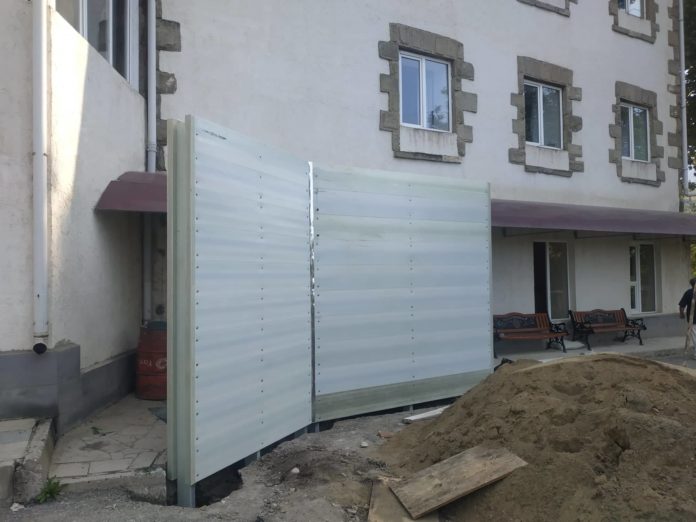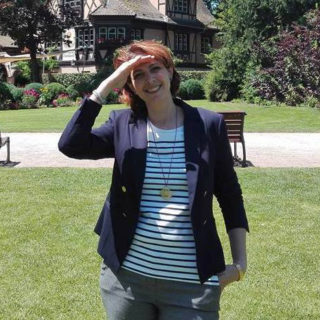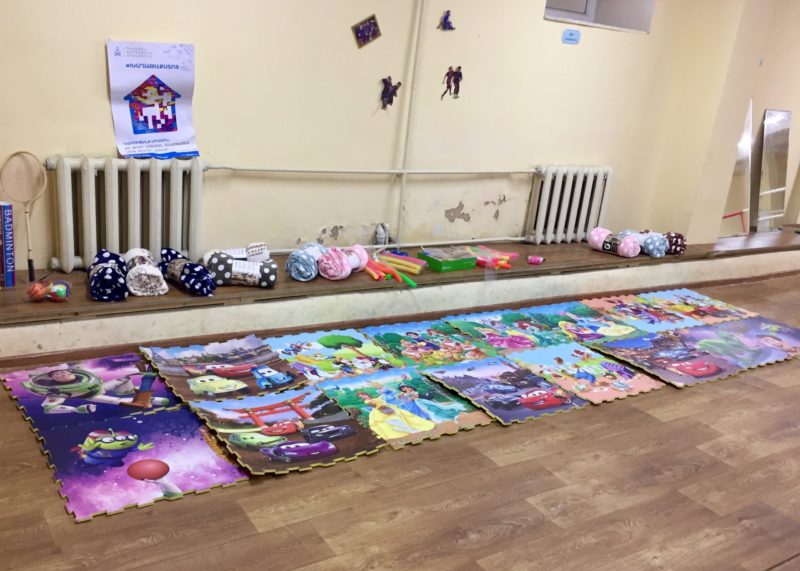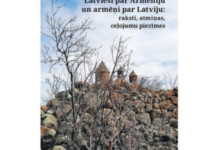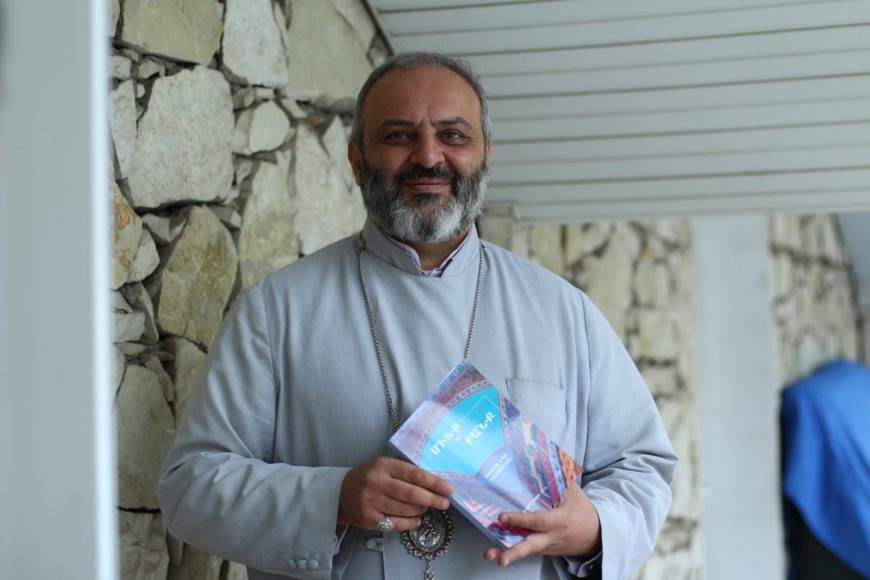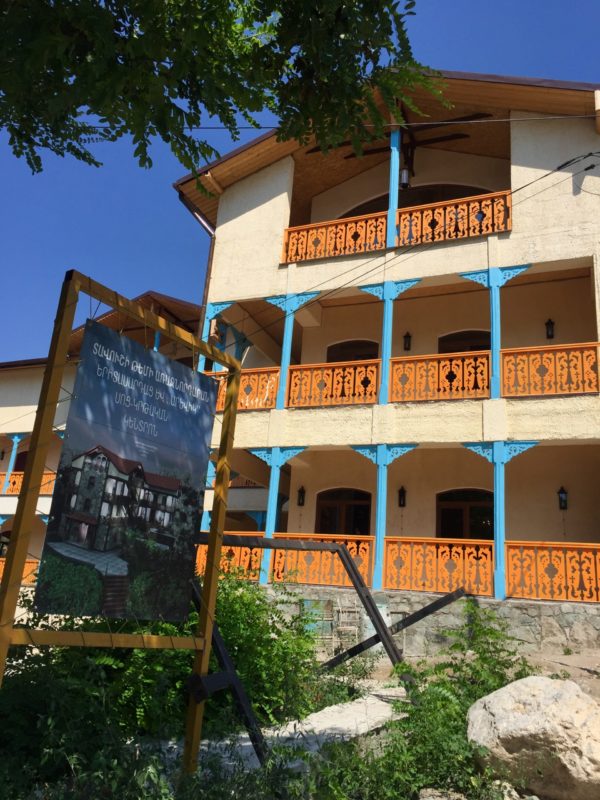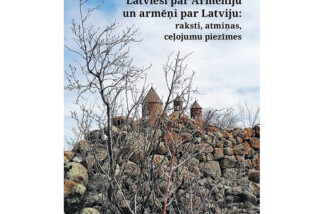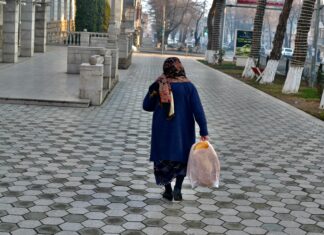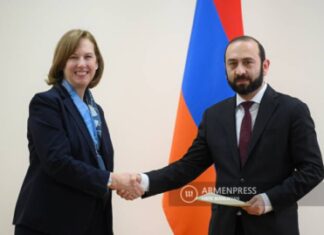As part of a three-article series, the Mirror-Spectator has investigated the economic and development challenges faced by residents and leaders of the Tavush region
By Mateos Hayes
Special to the Mirror-Spectator
TAVUSH, Armenia — The province of Tavush is the green jewel of the Armenian landscape. Located in the landlocked nation’s northeastern corner, Tavush is a crossroads of sorts, sharing an international border with Georgia and Azerbaijan.
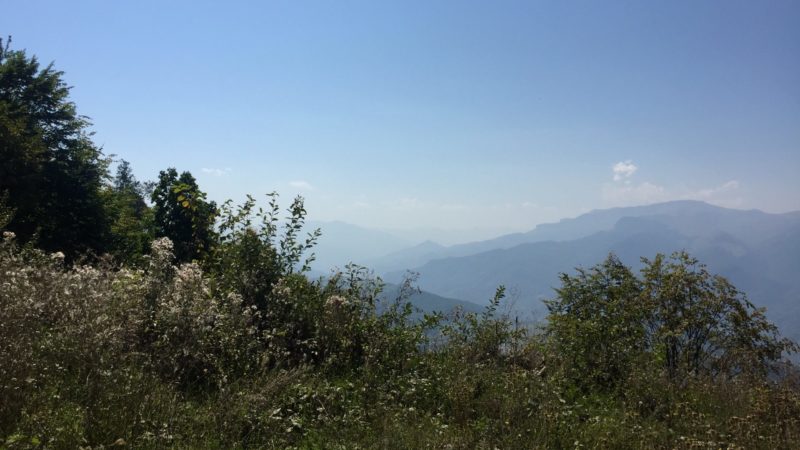
With its idyllic rolling green hills, its majestic mountains, and its picturesque valleys and rivers, Tavush Province is unquestionably one of the most beautiful corners of Armenia. It is replete with friendly and hardworking locals eager to extend their hospitality to the few outsiders that pass through the province.
However, the largely agrarian province is also one of the more underdeveloped parts of Armenia, accounting for just 1.2 percent of Armenian industrial output as of 2019. There are many contributing factors to this situation, including underdeveloped infrastructure and the legacy of post-Soviet economic decline. But one of the factors central to the challenges the province currently faces has been the ongoing Nagorno-Karabakh conflict.



